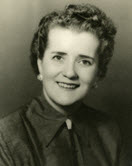 Coya Knutson is a Concordia alumna who can serve as an inspiration for women across the United States, and especially from the North Dakota/Minnesota area. She was a strong-minded, independent woman in an era when women were often in the background of their own lives. Knutson was an effective member of Congress; however, her career as a U.S. Representative was unfortunately cut short. She was defeated in her bid for reelection due to inherent sexism in politics at the time, accomplished through actions by her Democratic-Farmer-Labor party colleagues in collaboration her husband. Coya Knutson is a Concordia alumna who can serve as an inspiration for women across the United States, and especially from the North Dakota/Minnesota area. She was a strong-minded, independent woman in an era when women were often in the background of their own lives. Knutson was an effective member of Congress; however, her career as a U.S. Representative was unfortunately cut short. She was defeated in her bid for reelection due to inherent sexism in politics at the time, accomplished through actions by her Democratic-Farmer-Labor party colleagues in collaboration her husband.
|
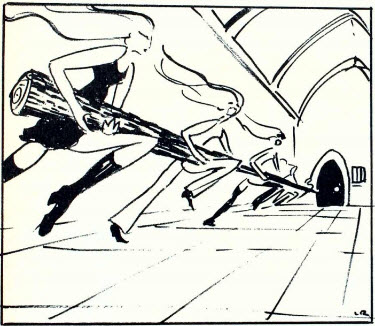 Until the early 1970s, Concordia College imposed restrictive rules and strict regulations pertaining to women’s curfews and lights out. The questioning of authority surrounding the Vietnam War and the feminist movement helped to empower female Cobbers to advocate for their personal freedom. Through a variety of strategies such as demonstrations, lobbying, and expressing opinions in the campus newspaper, women studying at Concordia gained personal freedom and independence when Women’s Hours were eliminated in 1973. Until the early 1970s, Concordia College imposed restrictive rules and strict regulations pertaining to women’s curfews and lights out. The questioning of authority surrounding the Vietnam War and the feminist movement helped to empower female Cobbers to advocate for their personal freedom. Through a variety of strategies such as demonstrations, lobbying, and expressing opinions in the campus newspaper, women studying at Concordia gained personal freedom and independence when Women’s Hours were eliminated in 1973.
|
Concordia College’s campus houses a select number of academic buildings named after various benefactors as well as historical figures significant to Minnesota. The oldest building on campus, Bishop Whipple, is named after the Epsicopal Bishop Henry Benjamin Whipple. The structure, formerly the home of the Bishop Whipple Academy, was purchased by the Northwestern Lutheran College Association in 1891 in order to establish a Norwegian Lutheran school in Moorhead. While many Concordia students and faculty learn and work in this building on a daily basis, most are unaware of the work done by Bishop Whipple, the namesake of this iconic Concordia building. More so, Bishop Whipple’s connection to and work done for the Dakota and Ojibwe peoples from our region, which is unknown to most of the Concordia population, must be assessed and recognized at a campus wide level. Through his passions and labors, Bishop Whipple helped 265 Dakotas obtain pardon from execution after the US-Dakota War. After this, Whipple continued his mission of advocacy for Native Americans, continuing the work of his missions across the state of Minnesota as well.
|
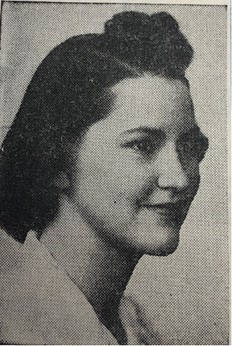 Jean Ahlness Stebinger was a 1943 graduate of Concordia. She was stationed in the American Embassy in Cairo, Egypt during World War II and arranged meetings between North African leaders and President Franklin Roosevelt. She also travelled the world and participated in humanitarian efforts. Jean Ahlness Stebinger was a 1943 graduate of Concordia. She was stationed in the American Embassy in Cairo, Egypt during World War II and arranged meetings between North African leaders and President Franklin Roosevelt. She also travelled the world and participated in humanitarian efforts.
|
 Women’s athletics thrive at Concordia, but the varsity programs currently known and loved did not have their beginning until 1972 and have undergone some dramatic changes in management over the decades, from the Women’s Athletic Association (WAA) and the Association for Intercollegiate Athletics for Women (AIAW), to the National Collegiate Athletic Association (NCAA). Women have fought for the chance to have their talents shine on the court, on the field, in the pool, and more, and while this trend towards gender equality is still ongoing, women’s athletics have nonetheless gained great strides. Women’s athletics thrive at Concordia, but the varsity programs currently known and loved did not have their beginning until 1972 and have undergone some dramatic changes in management over the decades, from the Women’s Athletic Association (WAA) and the Association for Intercollegiate Athletics for Women (AIAW), to the National Collegiate Athletic Association (NCAA). Women have fought for the chance to have their talents shine on the court, on the field, in the pool, and more, and while this trend towards gender equality is still ongoing, women’s athletics have nonetheless gained great strides.
|
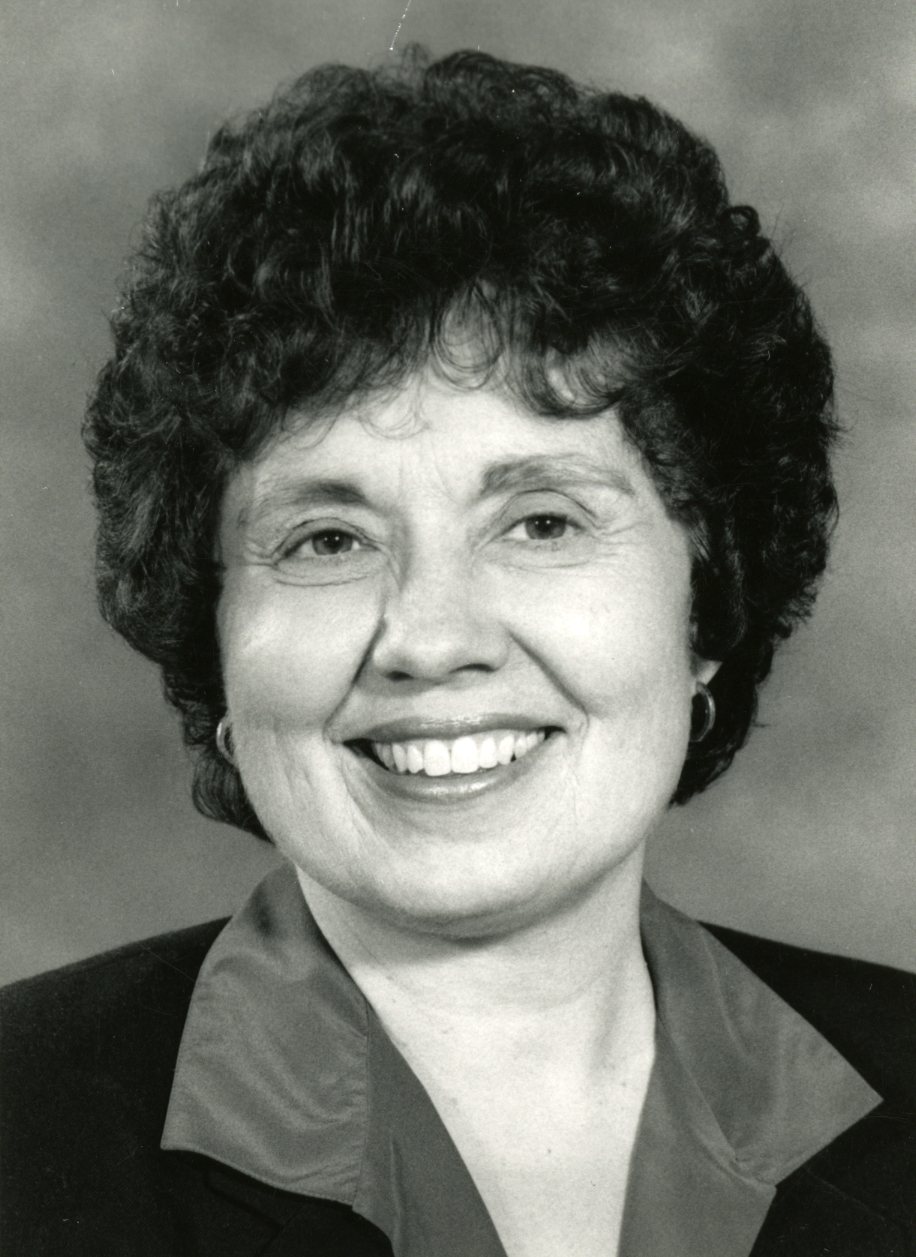 Dr. Joan N. Buckley had a long and fulfilling career at Concordia College, honored by the awards she gained during her tenure. One of three female professors at Concordia in 1956 when she began her work for the college, Dr. Buckley made her mark on campus by being the first female faculty member to receive her doctoral degree while employed, married, and raising a child. While this accomplishment was not appreciated at the time, the achievement came to be respected in Concordia’s history. Dr. Joan N. Buckley had a long and fulfilling career at Concordia College, honored by the awards she gained during her tenure. One of three female professors at Concordia in 1956 when she began her work for the college, Dr. Buckley made her mark on campus by being the first female faculty member to receive her doctoral degree while employed, married, and raising a child. While this accomplishment was not appreciated at the time, the achievement came to be respected in Concordia’s history.
|
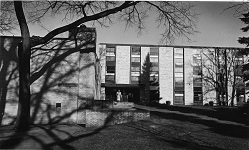 The construction of Park Region Hall in the mid-1950s as a women’s dormitory was part of Concordia’s response to increasing post-WWII student enrollment as well as the availability of government loans. From 1951 to 1955 the college’s enrollment increased by fifty-two percent, with 1354 students registered for the 1955-56 academic year. In addition to providing a new housing option for students, Park Region Hall experimented with a new form of residence governance that was eventually adopted across campus. In the twenty-first century the dormitory remains a place to test new ideas. During the 2016-2017 academic year Park Region was the first Concordia dormitory to offer a sexuality- and gender-inclusive floor. The construction of Park Region Hall in the mid-1950s as a women’s dormitory was part of Concordia’s response to increasing post-WWII student enrollment as well as the availability of government loans. From 1951 to 1955 the college’s enrollment increased by fifty-two percent, with 1354 students registered for the 1955-56 academic year. In addition to providing a new housing option for students, Park Region Hall experimented with a new form of residence governance that was eventually adopted across campus. In the twenty-first century the dormitory remains a place to test new ideas. During the 2016-2017 academic year Park Region was the first Concordia dormitory to offer a sexuality- and gender-inclusive floor.
|
 In 1968, Concordia College opened Hallett Hall, an all-women’s dormitory, along with Erickson Hall, an all-men’s dormitory. The dormitories were built as different sections of one complex. It was the first time since the college’s very early years, when its single building was home to both sexes by necessity, that men and women lived in such close proximity. Hoyum Hall was a former women’s dormitory that became the first building on campus to house both male and female students in 2008. In 1968, Concordia College opened Hallett Hall, an all-women’s dormitory, along with Erickson Hall, an all-men’s dormitory. The dormitories were built as different sections of one complex. It was the first time since the college’s very early years, when its single building was home to both sexes by necessity, that men and women lived in such close proximity. Hoyum Hall was a former women’s dormitory that became the first building on campus to house both male and female students in 2008.
|
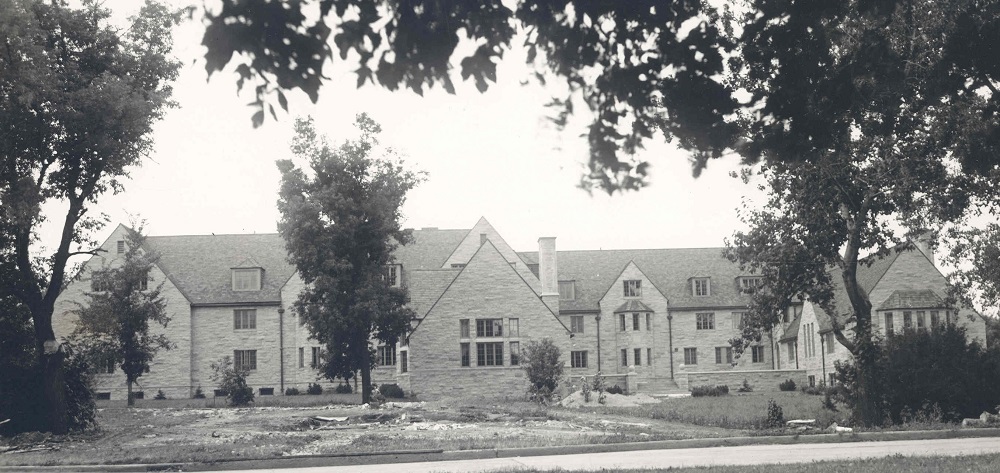 Fjelstad Hall was built on Concordia’s campus in the late 1930s as a new women’s dormitory. One of the most attractive buildings on the college grounds, it provided female students comfortable accommodations and supervision while they were away from home. Though periodically remodeled and updated, the dormitory was used consistently for female campus housing until 2014. Fjelstad Hall was built on Concordia’s campus in the late 1930s as a new women’s dormitory. One of the most attractive buildings on the college grounds, it provided female students comfortable accommodations and supervision while they were away from home. Though periodically remodeled and updated, the dormitory was used consistently for female campus housing until 2014.
|
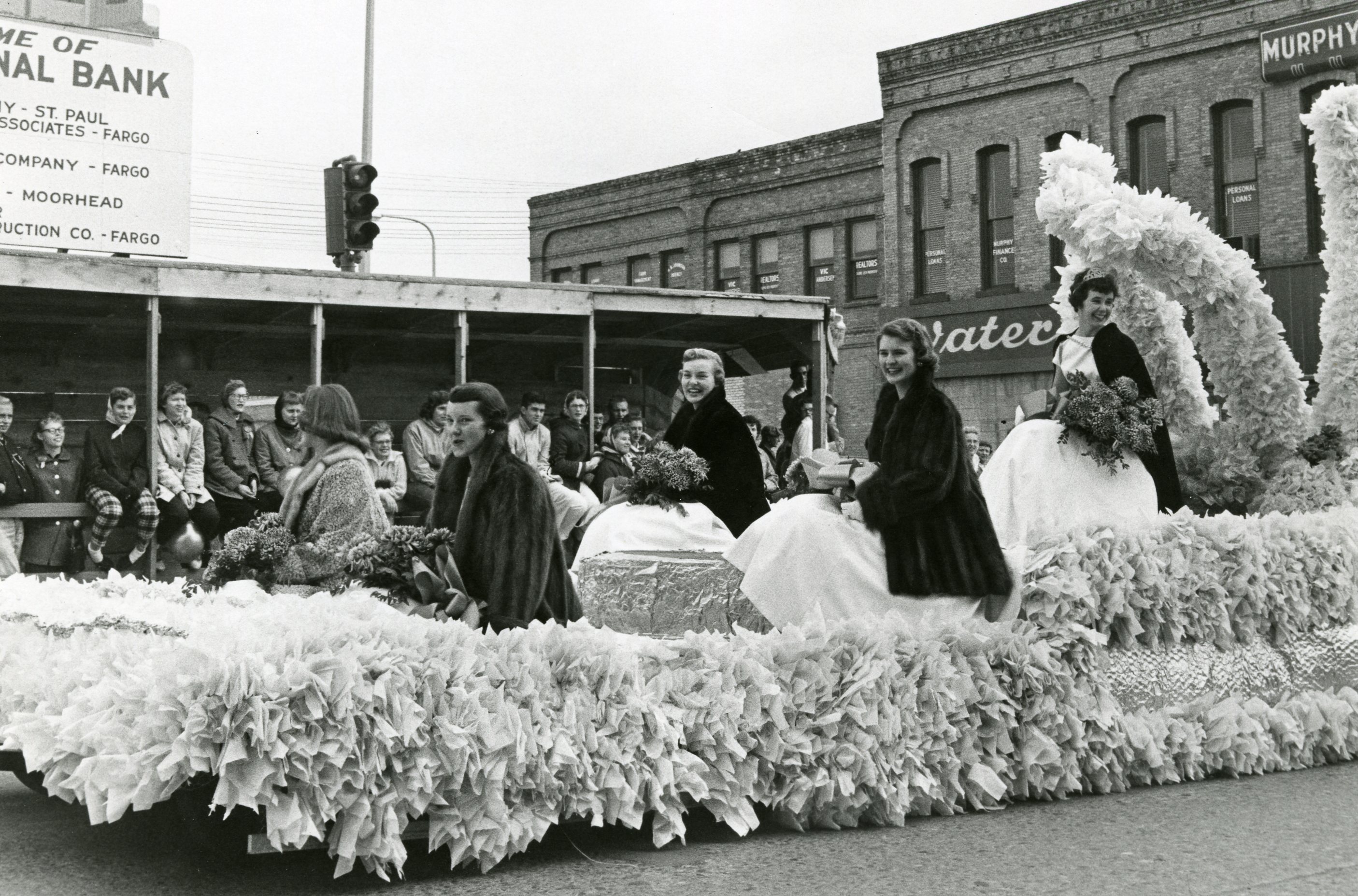 Concordia’s tradition of crowning a homecoming queen began in the 1920s. Student movements and the influence of the 1960-70s society affected the practice. Due to student concerns, the 1974 Homecoming Chairperson Ken Fitzer substituted the tradition of voting for a homecoming queen with the Don Awards, which was a recognition given to four exemplary senior students. The current practice of crowning both a king and queen began during the homecoming festivities in 1977. Concordia’s tradition of crowning a homecoming queen began in the 1920s. Student movements and the influence of the 1960-70s society affected the practice. Due to student concerns, the 1974 Homecoming Chairperson Ken Fitzer substituted the tradition of voting for a homecoming queen with the Don Awards, which was a recognition given to four exemplary senior students. The current practice of crowning both a king and queen began during the homecoming festivities in 1977.
|
 Coya Knutson is a Concordia alumna who can serve as an inspiration for women across the United States, and especially from the North Dakota/Minnesota area. She was a strong-minded, independent woman in an era when women were often in the background of their own lives. Knutson was an effective member of Congress; however, her career as a U.S. Representative was unfortunately cut short. She was defeated in her bid for reelection due to inherent sexism in politics at the time, accomplished through actions by her Democratic-Farmer-Labor party colleagues in collaboration her husband.
Coya Knutson is a Concordia alumna who can serve as an inspiration for women across the United States, and especially from the North Dakota/Minnesota area. She was a strong-minded, independent woman in an era when women were often in the background of their own lives. Knutson was an effective member of Congress; however, her career as a U.S. Representative was unfortunately cut short. She was defeated in her bid for reelection due to inherent sexism in politics at the time, accomplished through actions by her Democratic-Farmer-Labor party colleagues in collaboration her husband.






